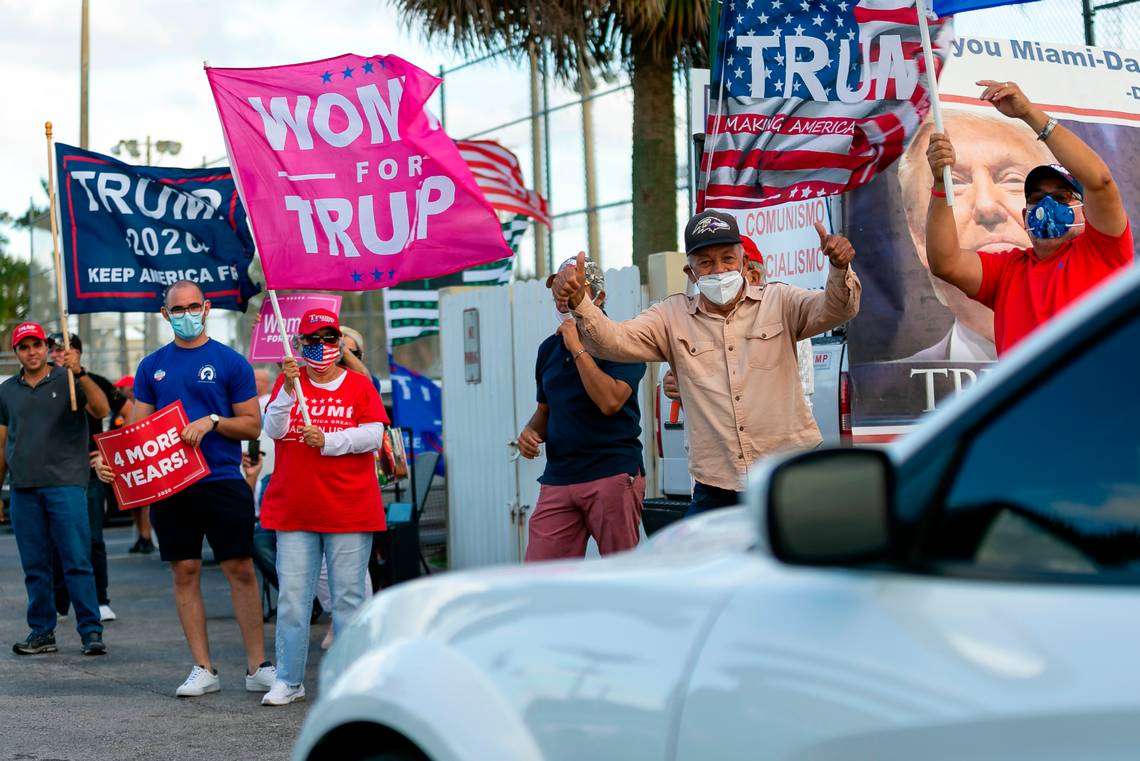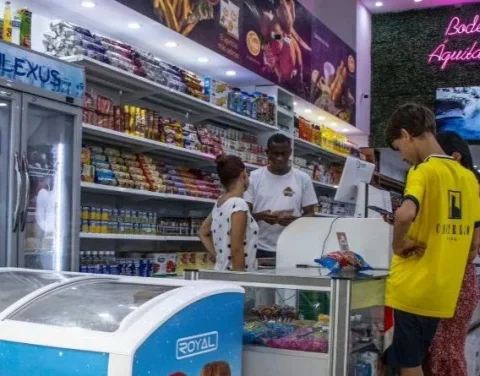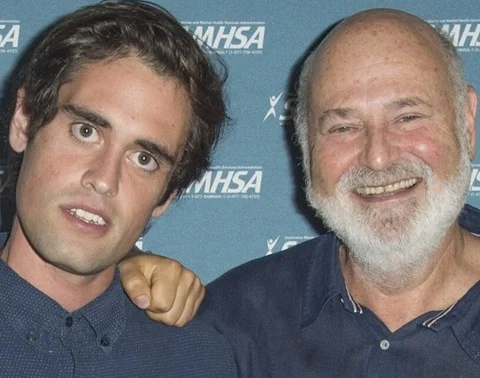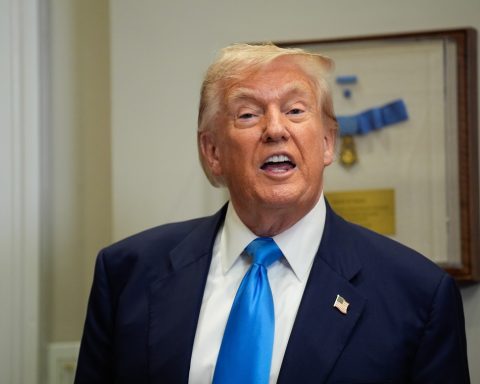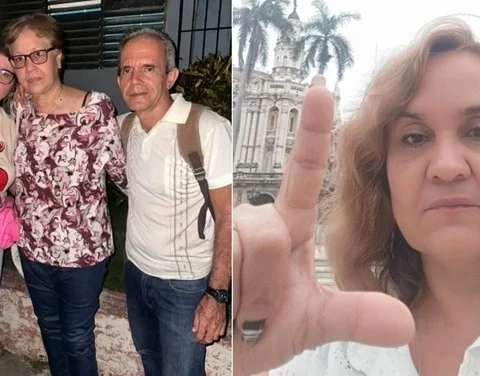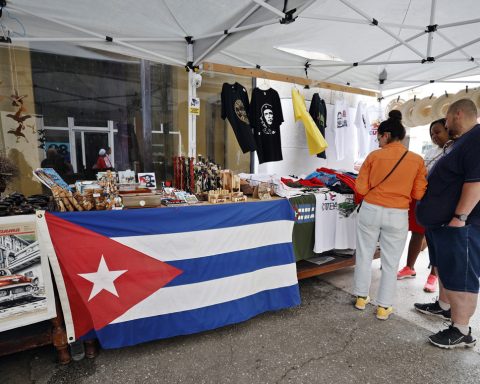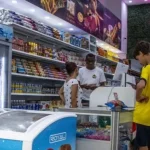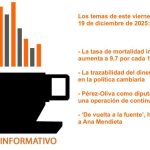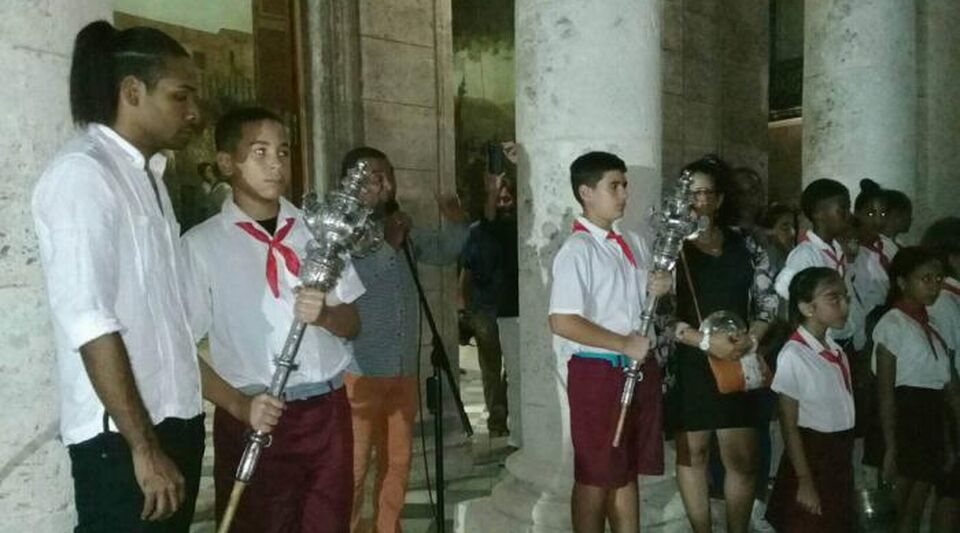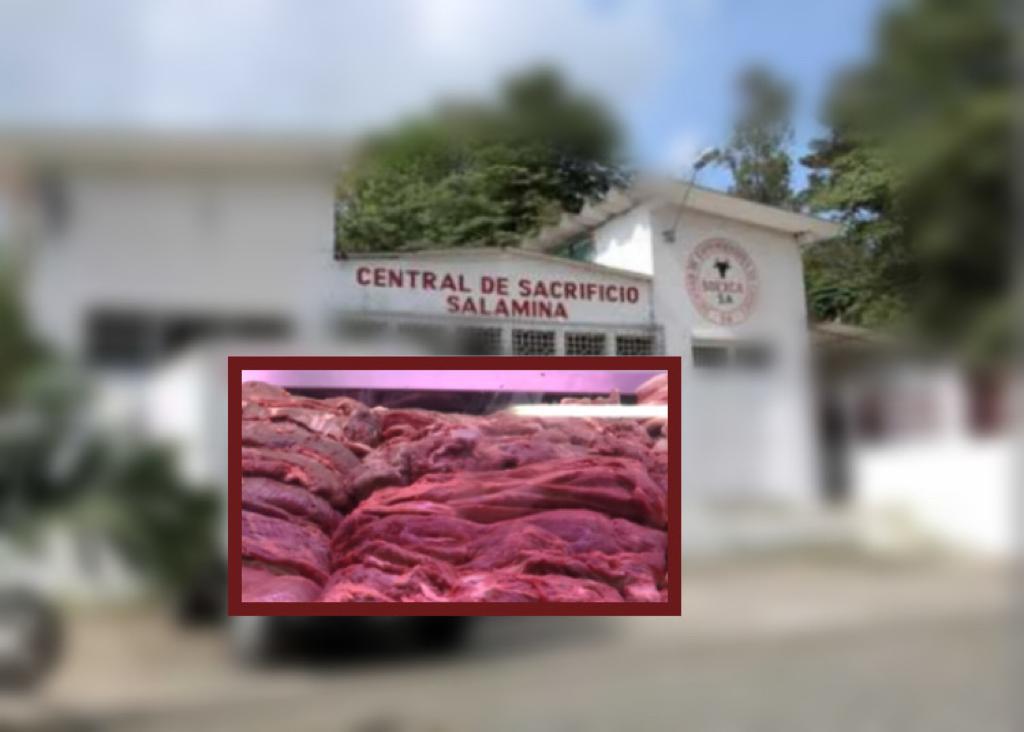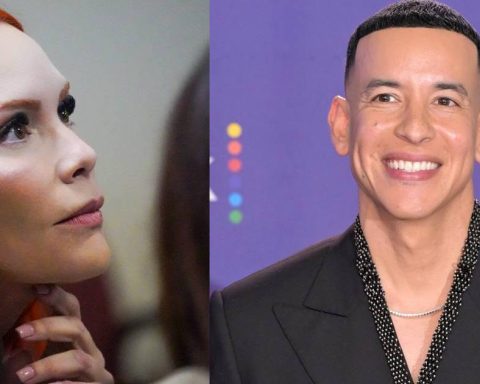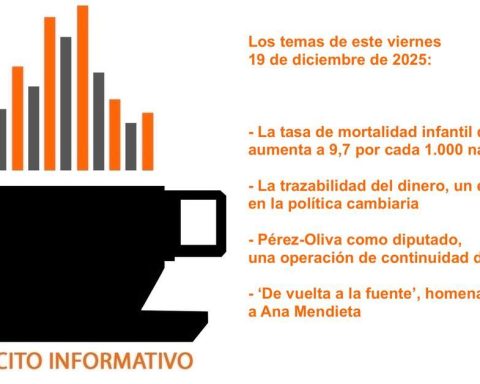Republicans bet on a national “red wave” in these midterm elections. It did not occur. But in Miami-Dade County, traditional Democratic victories were turned around.
For the first time in decades, Miami-Dade has voted overwhelmingly by Republicans. In South Florida, Governor Ron DeSantis has been re-elected by 55% of the vote, when four years ago he lost by obtaining 10% less of the Hispanic vote.
The last Republican to be elected governor with the votes of Miami-Dade was Jeb Bush in 2002. But it was, at that time, a special case as he was sponsored by the Cuban political class in an area where he has great friends.
Governor DeSantis began his victory speech by thanking the county’s voters. Miami-Dade voted overwhelmingly Republican and became the largest Republican-controlled city with a Latino majority. In addition, these elections consolidated a certainty: South Florida is already Republican and the state has changed color. Another spectacular fact is that close to 70% of the population of Miami-Dade County is already of Latino origin, and that close to half of that group are Cuban-Americans.
On the other hand, the three Republican federal congressmen were re-elected: María Elvira Salazar (57.30%), Carlos Giménez (64.14%) and Mario Díaz Balart (70.07%). All three of Cuban origin. And Cuban-American Senator Marco Rubio was re-elected (54.25%). Dozens of candidates for state legislators, also of Cuban origin, kept their positions or were elected for the first time.
The red wave in Miami-Dade is not only Republican (because of the color of the party) but Cuban-American.
This is due, in part, to a curious or at least novel phenomenon. The Cubans who arrived after 2010, who in the first elections voted for the Democrats, have been moving to the right, they have been “republicanized”. In 2012 close to 50% of Cuban-Americans voted for Barack Obama and in 2016 only 41% did so for Hillary Clinton.
“Former President Donald Trump has had a great influence on this now, who has somehow captivated the young electorate, without a great democratic culture, not used to voting,” explains analyst Mark Eston, from the University of Central Florida.
Also in this election cycle the Democrats did not invest heavily in the state. “Two years ago President Joe Biden did not pay much attention to Florida, he already had the election assured and this ended up opening the doors to the right,” he added.
Is it a conjunctural right-wing deviation, national and attributable to Hispanics? “Hard to pin down. I would say in South Florida, yes. Due to its population characteristics. But at the national level, more than 60% of Hispanics voted for the Democrats,” the analyst stressed.
The Cuban-origin electorate in South Florida differs in several ways from the other Hispanics in the country. They simply do not pay attention to immigration issues, they are not attractive because during the last five decades they had practically no problems settling in the United States. They have always benefited from favorable legislation, contrary to the grain of other Latin American nationalities.
